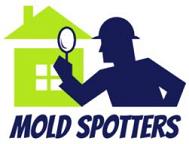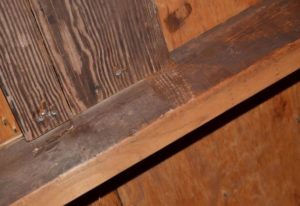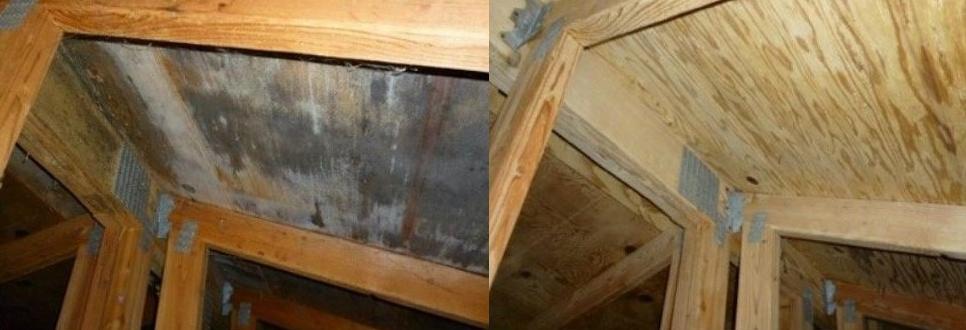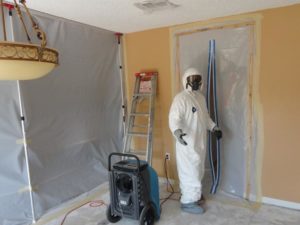Black Mold Concerns:
Black mold is a term that you may hear frequently, even if you aren’t exactly sure what it is. It may not sound too serious, but it can grow, quite literally, into a very problematic situation if it isn’t dealt with immediately. Not only can it cause costly damage to your home or property, but black mold is associated with many negative symptoms and health effects that range in severity.
If you ever find it in your home, you should contact a professional to assess the damage and remedy it immediately. Even if you’re not sure, someone with experience will be able to give you peace of mind after a full evaluation. The following is a discussion about causes of black mold, how you can prevent it, and most importantly the risks you and your loved one’s face if you’re exposed.
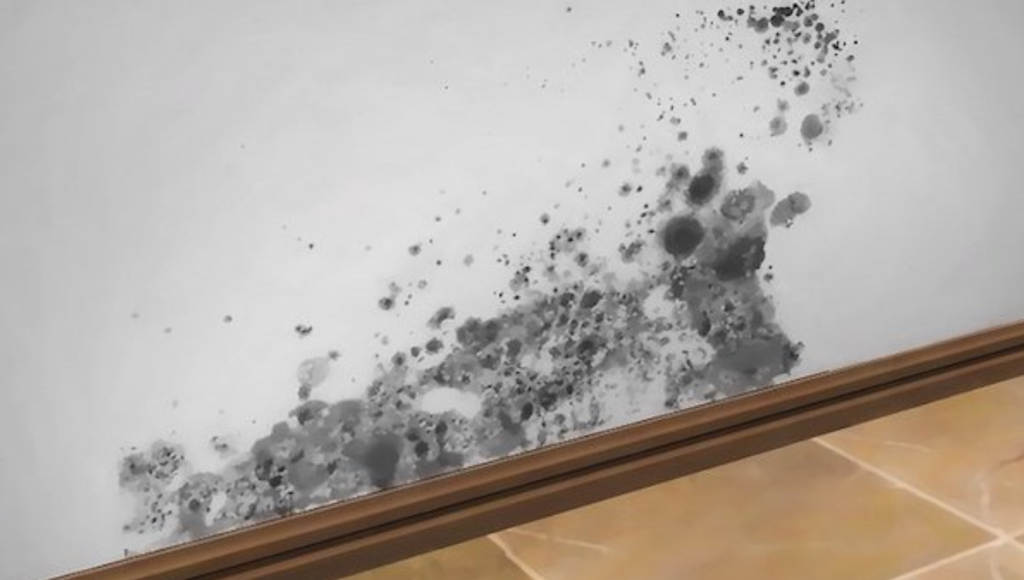
What Causes Black Mold?
Black mold, just like any other sort of fungus or growth, requires a certain environment to thrive. If spores are present, they will need a source to grow on. This can occur on wood, drywall, or certain insulations. If the area is relatively dark, warm, and moist, it’s possible for mold to grow in as little as 24 hours.
If you live in a particularly humid area, your home is at a higher risk for mold growth. Other wet situations, like a leaky pipe or roof, are perfect conditions to kick off mold growth. Though these areas may be out of sight and out of mind, mold can quickly spread and infiltrate other areas of your home. Areas with a lot of condensation that are poorly ventilated are also at risk. Basements, bathrooms and kitchens alike are all at risk.
Another major cause for mold, specifically black mold, is flooding. Because the affected area may remain wet for several days in the event of a flood or a pipe burst, the chances of black mold will increase substantially. If not promptly and properly dealt with, the results can be dangerously toxic.
What Are the Risks?
Most household molds can be appear in nearly every color imaginable, however black mold (Stachybotrys chartarum), is almost always a dark black color. If the mold is developed enough, it can release mycotoxins, Depending on a person’s sensitivity to mold, and the length of exposure, symptoms include but are not limited to the following:
- Breathing problems: inhaling the spores can negatively affect a person’s respiratory system. Chronic coughing and sneezing aren’t symptoms that should be taken lightly. Exposure can result in wheezing as well, asthmatics or individuals with other breathing ailments, such as lung cancer or bronchitis, are especially in danger. Infants and the elderly face additional risks as well.
- Rashes: black mold exposure, especially direct contact, can cause inflammation of the skin.
- Nausea, vomiting, diarrhea
- Bleeding: long term exposure or an allergic reaction can cause nose bleeds and even hemorrhaging in your lungs.
- Vision changes: exposure can cause dry or irritated eyes
- Irritation or damage to mucous membranes: spores can attack and irritate the tissue throughout your body.
- Mental and neurological impairment: prolonged exposure can negatively impact your memory. It can cause confusion, and worsen any symptoms of depression.
- Fatigue and discomfort
- Circulatory issues: when you breathe in spores, they will inevitable find a way into your blood. This can cause a multitude of problems, especially over long periods of exposure.
- Weakened immune system
- Reproductive: in extreme cases, black mold can cause reproductive issues that can affect a mother, father, and child.
These symptoms can vary, but should be addressed by your physician at their earliest sign. Everyone is at risk when exposed to black mold, especially children, the elderly, and those who are already sick or battling an illness.
Preventing Black Mold:
Fungi growth is possible almost everywhere on earth. Know that it can easily appear in your own home, whether you are cautious or not. Even if it’s hidden in a place where you can’t see it, all mold can have associated risks. Black mold is extremely common, and the health risks can be severe if left untreated.
With that being said, there are steps you can take in an effort to prevent black mold from growing or recurring in your home. When dealing with excess moisture, be sure that the area is well ventilated. Remove rugs or any surfaces that may retain water. Check your pipes and faucets as well as you can, as these are common areas for mold to grow. Basements and attics should be checked regularly, especially if they are poorly ventilated or often vacant. You should also consider using a dehumidifier in your home.
Now that you know the dangers that black mold can inflict on you and your loved ones, be sure to keep an eye out for any of the signs or symptoms. Don’t hesitate to contact a professional with further questions or concerns.
Extra Info: https://www.cdc.gov/mold/faqs.htm#doctor
